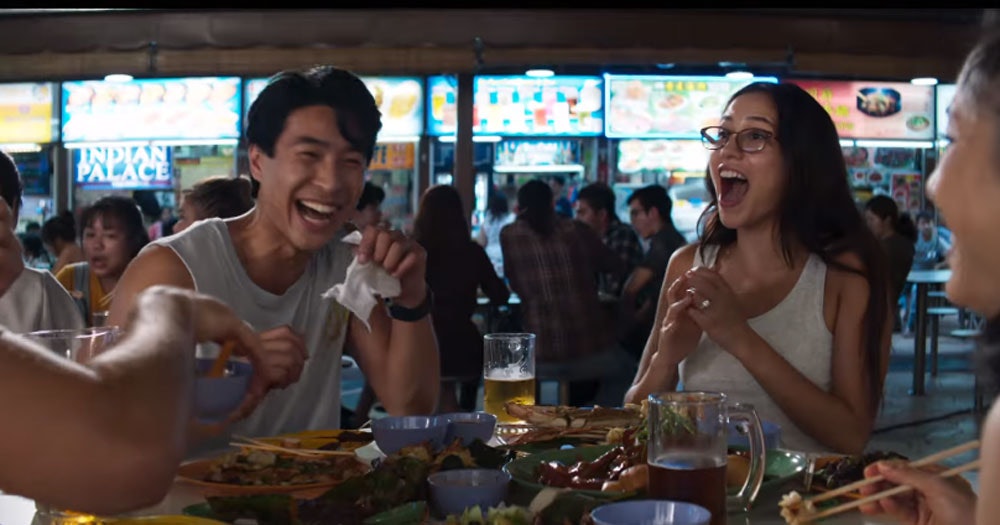Asian audiences around the world have waited decades to see themselves represented on screen in all their diversity. History was made when Warner Bros. launched Crazy Rich Asians featuring an all-Asian cast and Asian-American lead in August 2018. This romantic-comedy, filmed in Singapore, Malaysia and New York, follows the protagonist’s story when she visits her boyfriend, Nick’s, family only to find out he comes from one of the wealthiest families in Singapore. The 2 hour film follows through to show the challenges the protagonist faces to gain the acceptance of Nick’s mother.
Most scenes were filmed in Singapore, including the iconic Marina Bay Sands, Newton Circus, Gardens by the Bay, CHIJMES amongst many others. There were also scenes shot in Malaysia. This created major commotion on social media and news publications as they spoke about both countries upon realisation of its beauty and existence.

Source: Google, Newton Circus
That is the power of film tourism, the ability to spark conversations on the locations and create interest once seen in movies. The same was seen once Crazy Rich Asians hit the theatres. It was reported by Singapore Tourism Board (STB) that international arrivals to Singapore increased by 6.6 percent to 16.9 million from January to November 2018. From the United States alone, tourist arrivals increased by 13 percent to 580 thousand that year (Tay, 2019). On top of that, STB tracked that since the movie, there had been a spike in searches on Singapore online, and even tour companies have noticed an increase in enquiries and bookings to the Lion city (Chen, 2019).
Malaysia too noticed a spike in visitorship and awareness of the country due to scenes featured in the movie. Four Seasons Langkawi, where the luxurious bachelorette party was shot at, reported that the awareness and visibility translated into more bookings with the hotel. Penang’s Cheong Fatt Tze mansion witnessed more tourists showing interest in touring the historic home. Tourists even shared images and referencing the movie’s climatic mahjong scene, on social media (Chen, 2019).

Source: Google, Cheong Fatt Tze Mansion
This is an excellent example of how such movies can motivate travellers to visit the country from the movie they have seen which positively impact the country's tourism. Travellers are enticed to visit a country that they have seen for many reasons, including sharing their passion for the film with their friends online.
With this is mind, film-makers must take note of providing accurate representation of the country they are filming at, so that travellers are not disappointed when they visit. Together with the support of the country’s tourism board, travellers will travel to visit.
References:
Chen, M.Y., (2019, January 25). Crazy Rich Asians ‘cine-tourism’: Will it compel more people to visit Singapore? Retrieved March 10 from https://www.mumbrella.asia/2019/01/crazy-rich-asians-cine-tourism-will-it-bring-more-people-to-visit-singapore
Tay, T.F., (2019, February 14). Tourist arrivals, spending in Singapore at record highs. Retrieved March 10 from https://www.straitstimes.com/singapore/tourist-arrivals-spending-at-record-highs

